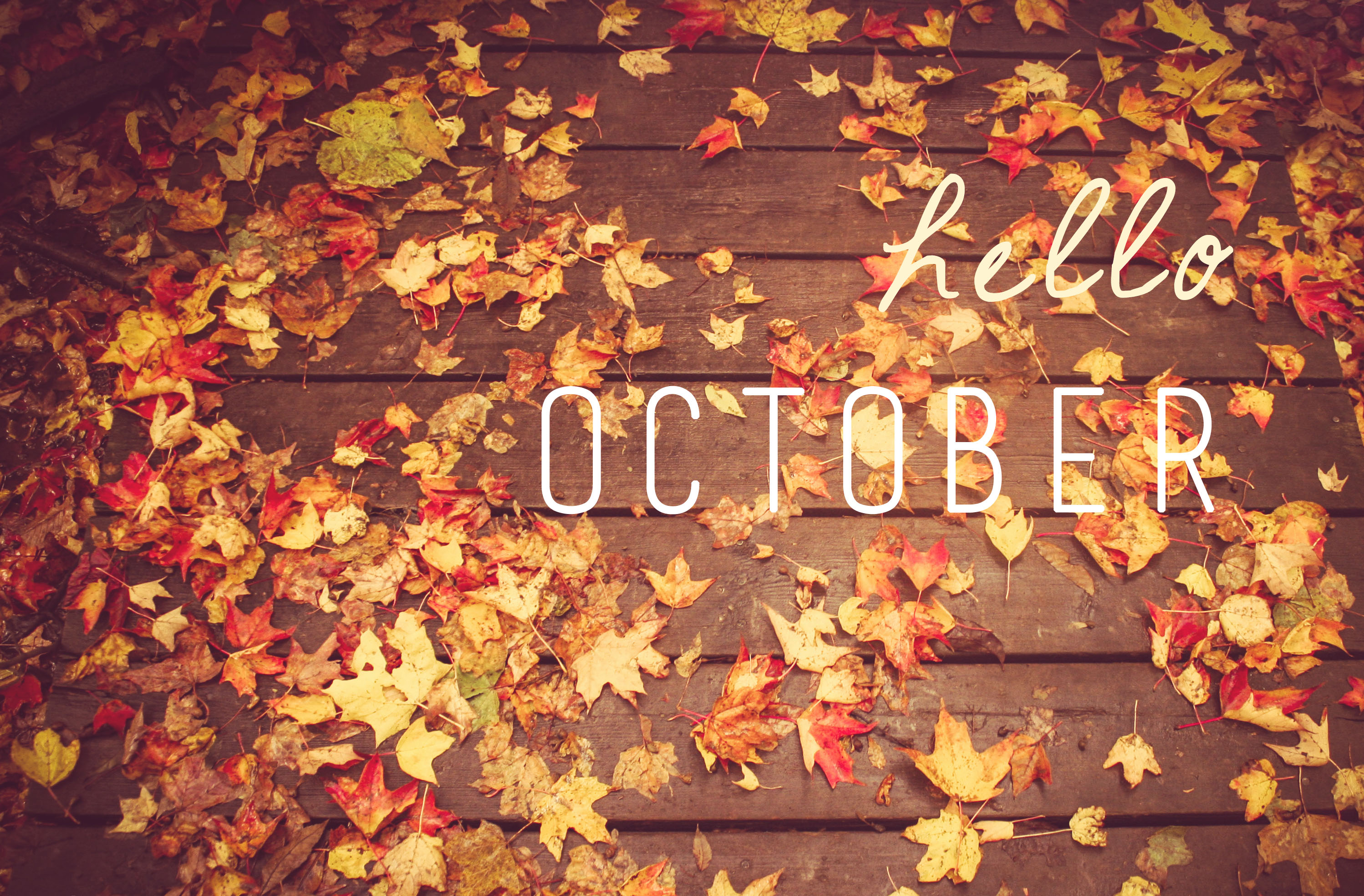This week I learned from Schmidt- Don’t neglect the multiple intelligences in your classroom;
feed them! Creative and messy learning can be the most impactful, penetrating
deep into the students’ minds. The students want to experience learning in ways
that are relate-able and engaging (and who wouldn’t!). To do this immersion is an influential
tool in getting learners entrenched in the world of the subject or domain being
taught. When students are given an opportunity to discover something completely
new, it empowers them to make meaning out of their world. Being in PE I have a
built-in environment for engaging kinesthetic, spatial, and often visual
learners. I thought it was a brilliant and yet astonishingly obvious tactic to
get students to practice their classroom academics by incorporating movement.
Being a kinesthetic learner myself, I empathize with the students who struggle
with retaining abstract or facts and information that seems detached from any
type of cohesive structure. Until I manipulate it whether by acting, feeling, performing,
etc… such material can be extremely difficult for me to retain or even
understand. Although some of the methods of learning that support multiple
intelligences may not seem practical in an arena when time never seems to be
adequate, they can be a double edged sword, providing opportunities for more authentic
assessment.
I love the idea of assessing students with such tools as
“Show Me” where each student is participating and highly engaged. Used for
comprehension checks, this assessment has kids move, mime, gesture, and use
dramatic skills. Of course this assessment may not provide you with objective
information you need as students are able to look around and mimic the
responses of others. In the gym however, I sometimes encourage this type of
behavior. When I want to encourage problem solving, I may ask a student to look
around and use their resources to help figure out how to do something. Many
times these resources are other students! Then the student has to engage in the
process of using a tactic they see someone else doing and figure out how to
make it work for themselves.
Lucky for me, most of the assessment in the gym is done in
an authentic manner naturally. The learners are given situation activities and
asked to engage body and mind in applying the learned content to them. This is
not necessarily catering to my learners who have other intelligences such as
logical-mathematical or linguistic. One area I could improve on is during our
times of reflection or discussion. I have been caught in the position many
times of having several students with hands still raised to answer a question
but not having time to hear them all. Because the enhanced state standards now
require students be moderately to vigorously active for at least 70% of the
class period, time is pressed. I would love to integrate more opportunities for
authentic assessment. Having students write sport journals, graph or draw game plays
and strategies, or even act out stories to begin or end a unit, would all be
fantastic ways to have my learners demonstrate their cognitive competence.


